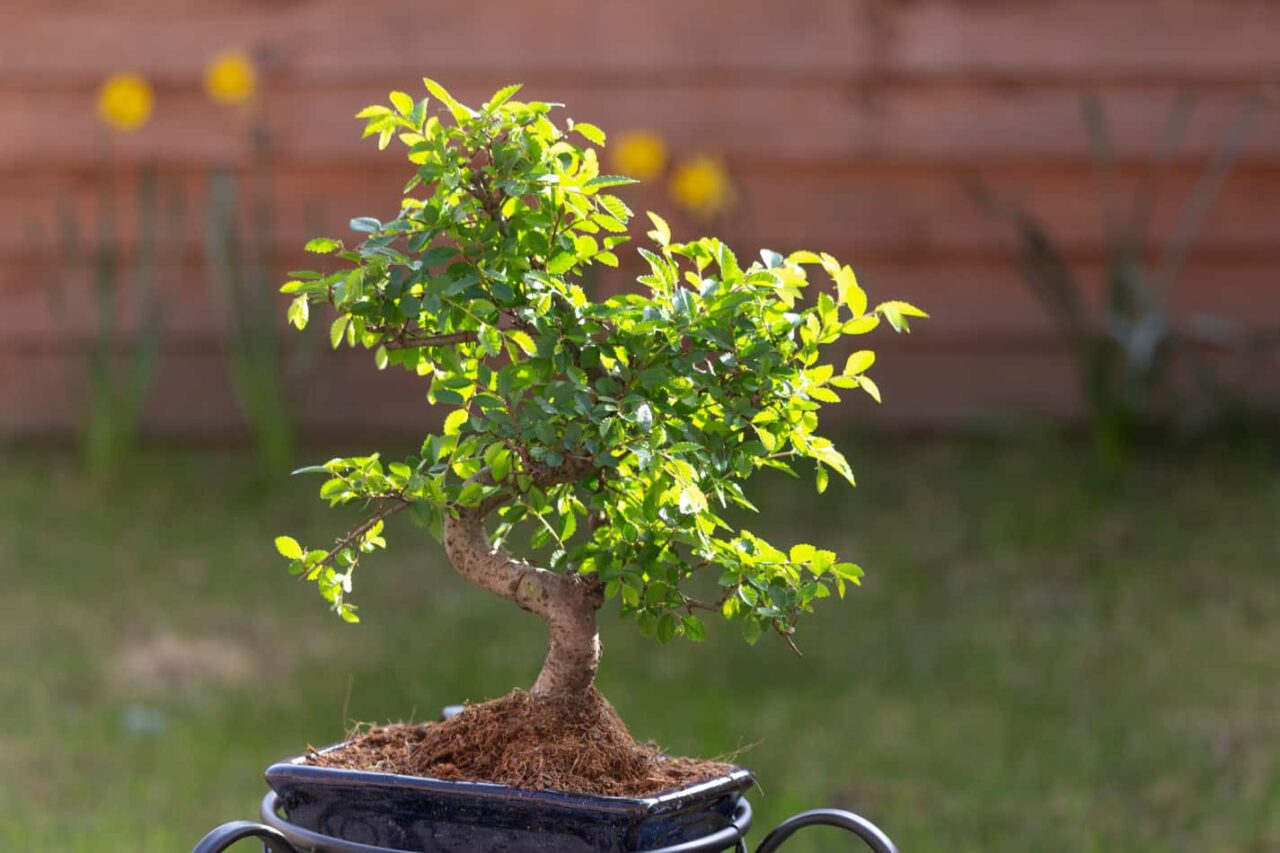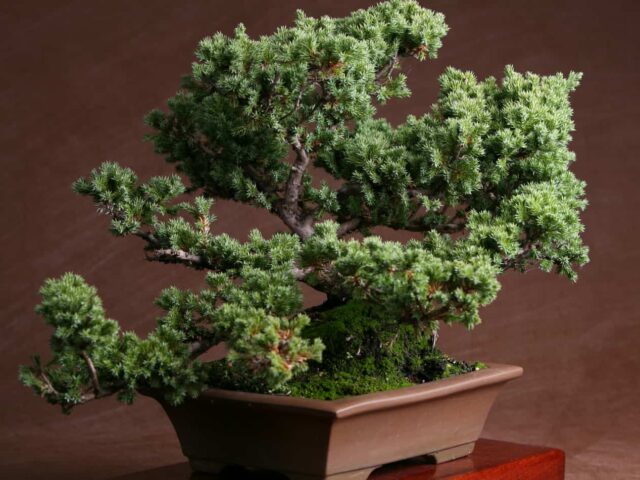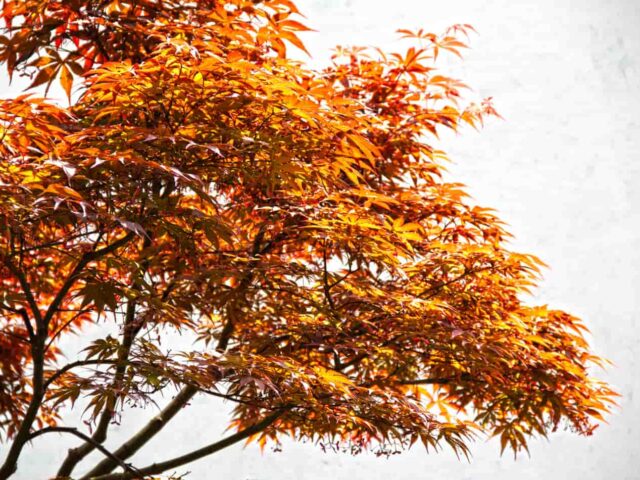The art of growing Chinese Elm bonsai has been around for years. Even now, they are incredibly popular and widely appreciated. They bring beauty, peace, and tranquility to a home. If you’re someone who’s inspired by the art of bonsai, you might ask yourself a common question. Can Chinese elm bonsai be kept indoors? Let’s find out!
The answer is yes. You can keep an elm bonsai indoors. However, caring for an indoor Chinese elm bonsai is different from keeping it outdoors. You have to pay extra attention to it compared to other indoor trees.
If you want to try your hand at keeping bonsai, this article is for you. Here, I will discuss some factors for proper Chinese Elm bonsai care indoors and outdoors.

Indoor Chinese Elm Bonsai Care
Chinese Elm bonsai are predominantly outdoor trees. However, they can be kept indoors as well. Keeping them indoors requires much effort as they’re mainly suited for the outdoors. How well they adapt indoors depends on your expertise with bonsai trees.
If someone lacks experience with bonsai, they may face many difficulties with indoor cultivation. Apart from experience, the grower must devote lots of time and effort to create ideal conditions in their home.
Some essential factors must be addressed before bringing the elegant Chinese elm bonsai into your home.
Sun Exposure
Most bonsai trees thrive in natural light. The Chinese elm bonsai is no exception. If kept indoors, the bonsai should be placed where it will receive lots of sunlight. Therefore, a south-facing window ledge would be ideal. South-facing windows provide the best lighting conditions.
If your house doesn’t receive a lot of sunlight, you can still cultivate bonsai. In these cases, investing in artificial light is a solution. Any average light will not work here.
Artificial lights for trees are specially designed to aid photosynthesis.
Watering
Watering is one of the most crucial steps in indoor Chinese elm bonsai care. Keeping the soil slightly moist is a must for Chinese Elm bonsai. Occasional dry-out periods are also acceptable. However, these dry periods should be kept short.
During the hotter seasons, you may have to water your bonsai daily. Misting can also help to bring back moisture. This helps with regulating the humidity as well.
There is no strict schedule for watering bonsai. The rule of thumb is to water whenever the soil looks or feels parched. Dipping a finger into the soil is a test to see if the bonsai needs watering.
The tree is sufficiently watered if the finger is coated with soil residue. A dry finger means the soil needs to be watered generously.
Humidity
A humid environment is ideal for the Chinese elm bonsai. However, that might be hard to achieve indoors. Air conditioning inside homes creates a dry environment. This ultimately restricts the growth of the bonsai.
Humidity trays are a cheap solution to this problem. These trays are designed to provide some humidity for the trees. The trays should be used in the cooler seasons. If you want to create a humidity tray yourself, pebble trays are an excellent place to start.
An expensive alternative is to invest in a humidifier. These are comparatively more effective than humidity trays. Humidifiers are highly effective at creating a moisture-filled environment for your Chinese Elm bonsai.
You can place your Chinese Elm bonsai in your bathroom if you want to forgo the trays and humidifiers. Keeping your bonsai in a steamy bathroom allows quick humidity regulation.
This is a cost-effective way to ensure your Chinese elm receives enough humidity.
Outdoor Chinese Elm Bonsai Care
It’s advised to keep Chinese Elm bonsai outdoors for most of the year. Even though bonsai can be grown indoors, it is a difficult task. Growing a bonsai outdoors is relatively more straightforward.
Staying mindful of the following factors will make you aware of the issues your Chinese Elm bonsai may face.
Prolonged Sun Exposure
A common issue would be too much heat on summer days. Being exposed to the harsh summer sun can damage the Chinese elm bonsai. A solution to this is to get bigger pots. Bigger pots with larger soil will ensure the bonsai doesn’t dry out too quickly.
Outdoor Chinese Elm bonsai trees may need some relocating throughout the day. Exposure to constant harsh sunlight can cause a lot of damage. Too much heat can dry out the bonsai and cause the leaves to wither.
Therefore, the bonsai should be kept in the direct morning light. The tree should be moved to a shaded area when the sunlight is too harsh.
Weather Conditions
External weather conditions play a huge role in cultivating Chinese Elm bonsai outdoors. The living conditions of the bonsai should be adjusted to the local climate.
Subtropical or temperate climates are ideal for growing Chinese Elm bonsai. The weather in these regions is not too extreme. This means the bonsai are usually protected from harsh weather conditions.
On the other hand, extreme climates will require outdoor protection for the bonsai. For example, growing the Chinese Elm bonsai in extremely cold countries may kill the tree.
The frost and lack of sunlight will inhibit the growth. This will make the tree shrivel up if it’s kept outdoors.
Dormant Period
Chinese Elm bonsai enters a dormancy period in the colder months. During this time, the bonsai goes into a state where it doesn’t require light or fertilizer.
The bonsai’s water intake decreases significantly as well. In the dormant months, the Chinese Elm bonsai must be watered once every two weeks.
If your bonsai is kept outdoors, it should be prepared for the dormancy period. One way of preparing is to bury the bonsai without the pot in an area that does not get harsh sunlight, wind, or rain.
Another way is to bring the bonsai back indoors to allow it to acclimate. The bonsai does not have to be kept somewhere with lots of light.
Once the dormancy period is over, the bonsai can be repotted once again. It can be placed outdoors from early spring to summer.
Where Should You Keep Your Chinese Elm Bonsai?
After considering all the factors, it may be difficult to decide where to keep your Chinese Elm bonsai.
Keeping the bonsai indoors may be challenging if you’re not an experienced horticulturist. This is because the indoor conditions must be controlled. Controlling the conditions requires loads of time, effort, and often equipment. Thus, it may not be everyone’s cup of tea.
Besides causing trouble for the grower, indoor cultivation of Chinese Elm bonsai can be strenuous for the tree itself. Keeping the bonsai indoors all year round can affect its dormancy period. As a result, the bonsai’s growth may be inhibited.
All in all, a semi-outdoor living environment would be best for your Chinese Elm bonsai. So, it’s best to keep your bonsai outdoors most of the time. In the case of the dormant period, the bonsai can be brought inside or kept in a cool place.
Conclusion
The craft of bonsai-keeping isn’t going out of style any time soon. The work that goes into it makes it a craft. So, caring for the Chinese Elm bonsai can be hard work, whether it’s indoors or outdoors. However, the result of a beautiful bonsai tree may make it all worth it.
After reading this article, I hope you have gained adequate knowledge to give your bonsai a healthy life. I wish you happy gardening with healthy bonsai trees.






